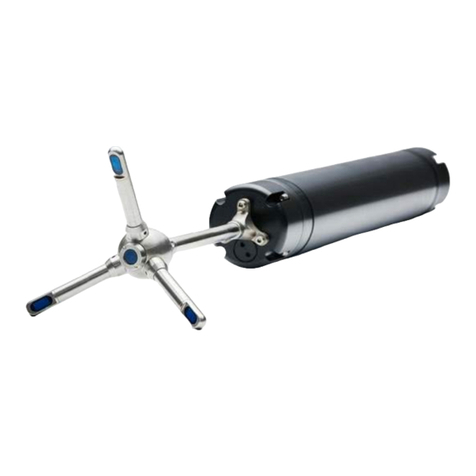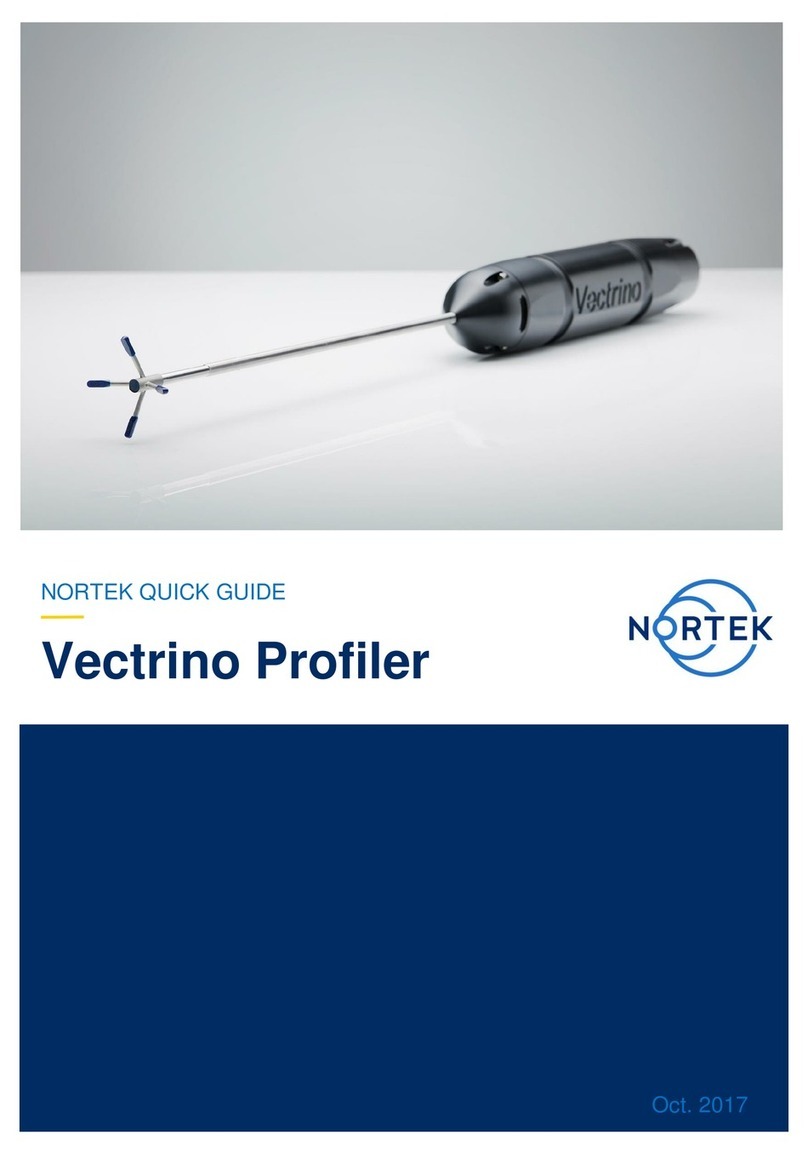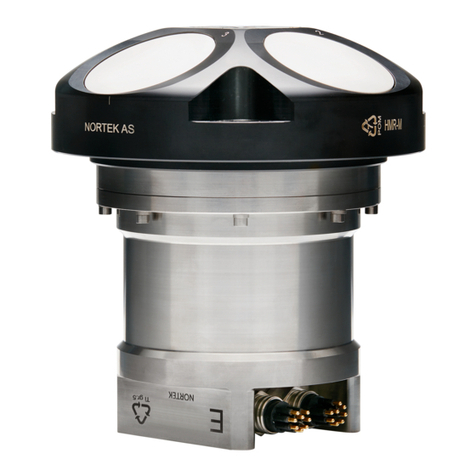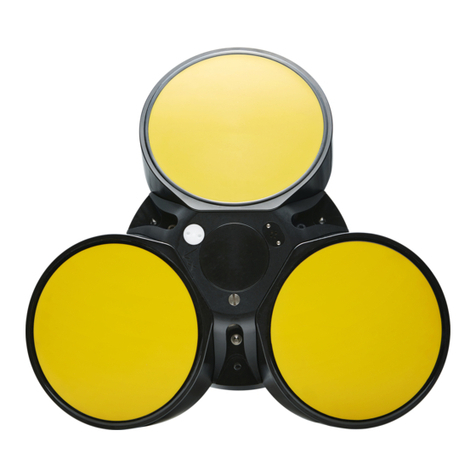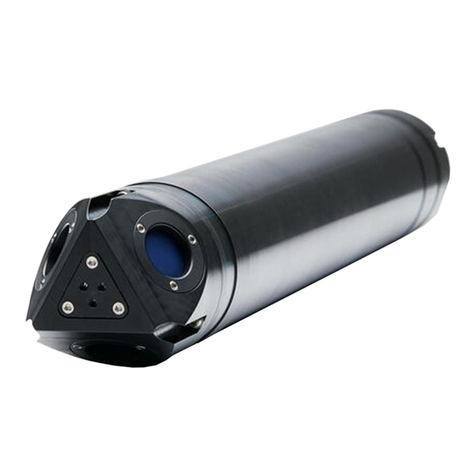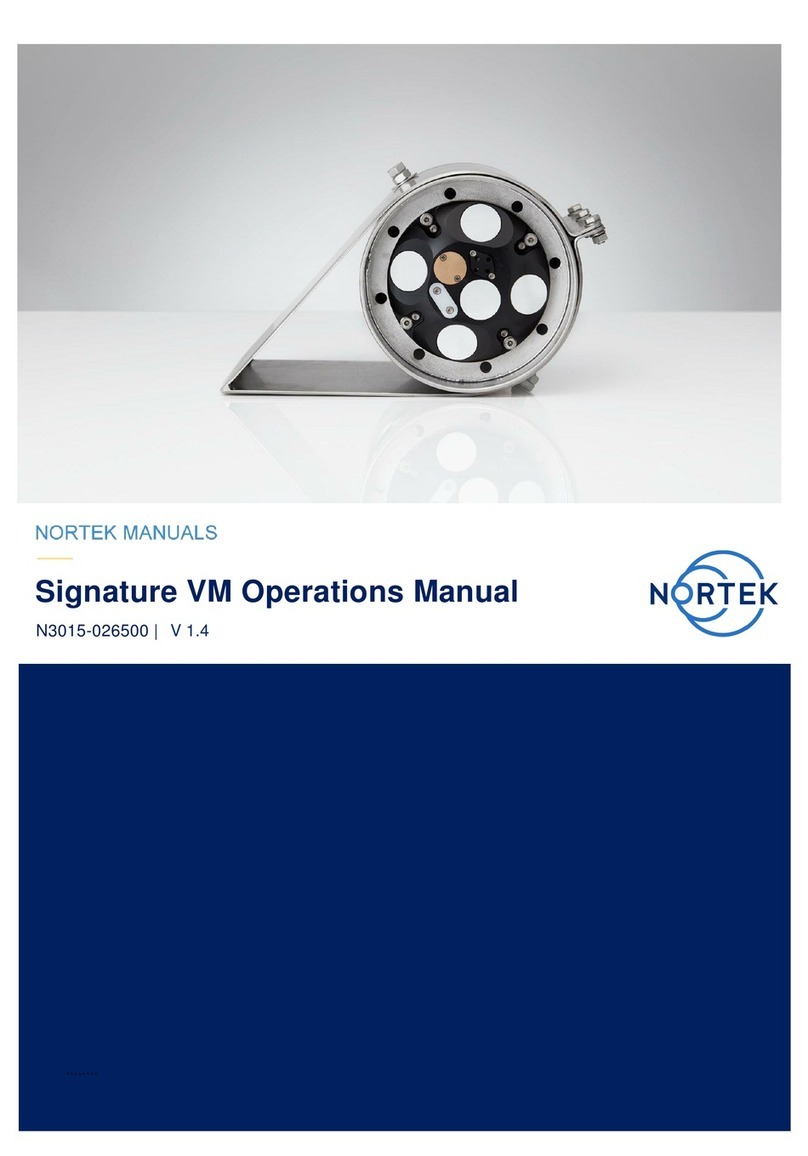
8
Rev. C • 10.2004
The Configuration Settings................................................................................................ 31
Sampling Rate.................................................................................................................... 31
Nominal Velocity Range.................................................................................................... 31
Sampling Volume Height Setting ...................................................................................... 31
Transmit Length.................................................................................................................31
Power Level ....................................................................................................................... 32
Coordinate System............................................................................................................. 32
Speed of sound................................................................................................................... 32
Output Sync ....................................................................................................................... 32
Input Sync .......................................................................................................................... 32
Vertical/Horizontal Velocity Range................................................................................... 33
Analogue Outputs .............................................................................................................. 33
Mounting Guidelines ......................................................................................................... 33
Communication Between Vectrino and PC ...................................................................... 34
Using Long Cables............................................................................................................. 34
Changing the Baud Rate.................................................................................................... 35
CHAPTER 6 Use with Other Instruments ........................................................................................... 37
Synchronizing with Other Instruments............................................................................. 37
Specifications of Signal Levels.......................................................................................... 39
Appendix 1 Troubleshooting............................................................................................................... 43
Noisy Data ......................................................................................................................... 43
My Data Does Not Look Right.......................................................................................... 43
Grounding Problems..........................................................................................................44
Vibration in Mounting Fixture...........................................................................................44
Initial Problems? Did You Check This? ............................................................................ 44
No Detection of the Vectrino on the Serial Port................................................................ 45
Diagnostic Testing Using the Probe Check Function........................................................46
Appendix 2 Maintenance ..................................................................................................................... 49
Preventive Maintenance..................................................................................................... 49
Cleaning............................................................................................................................. 49
Corrective Maintenance .................................................................................................... 49
Appendix 3 Returning Vectrino for Repair ........................................................................................ 51
DETAILS
Contents
